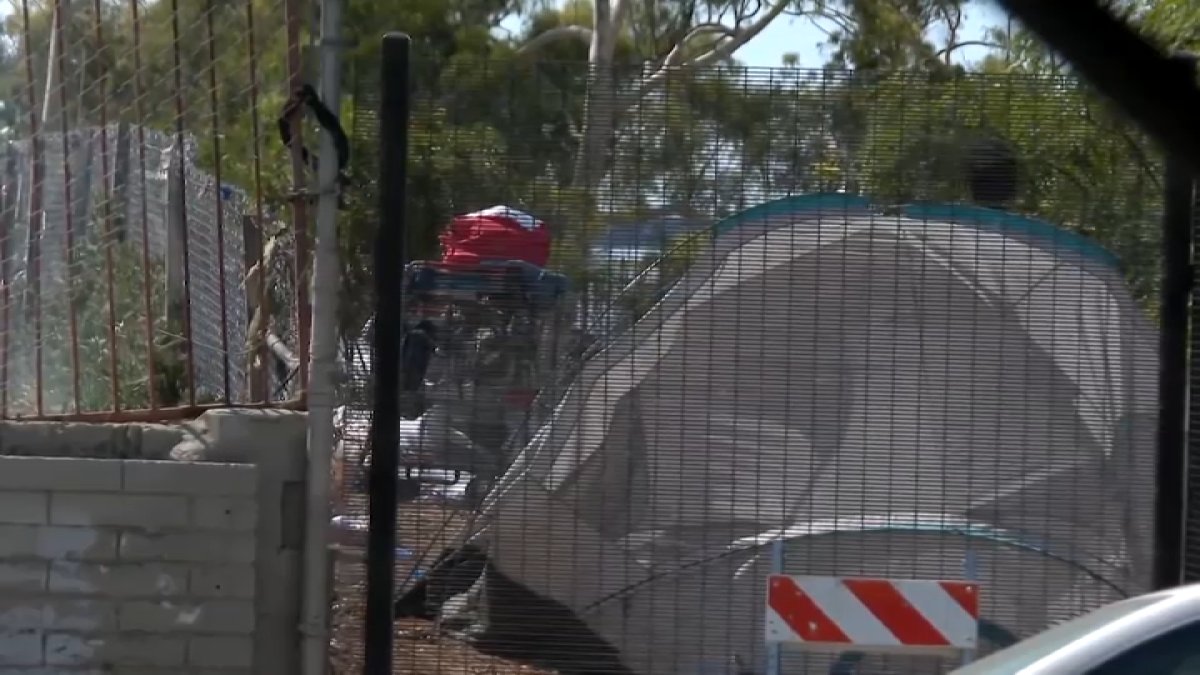Hundreds of people in San Diego County rely on federal money to stay in homes and avoid homelessness. That could look different for different people, but some of the critical programs include permanent supportive housing vouchers and rapid rehousing rental assistance.
“That’s how I got back on my feet, was rapid rehousing,” John Brady told NBC 7. “I got 24 months of rental support, first and last paid for. Without that, I don’t think I’d be having this conversation with you today.”
Brady was homeless and is now the executive director of Lived Experience Advisers, an organization that advocates for those experiencing homelessness by those who have been there themselves. Now, Brady said, there is a new battle in front of them.
“It’s heartbreaking,” he said when asked about looming concerns that money coming to San Diego from the Department of Housing and Urban Development (HUD) may be diminished.
“It could be quite devastating for our population,” said Deacon Jim Vargas, the president and CEO of Father Joe’s Villages.
We have not heard directly from HUD,” Tamera Kohler, the CEO of the Regional Task Force on Homelessness, added. “Our intent is not to cause anyone to lose their housing.”
Both Vargas and Kohler said they have been hearing for months that changes may be coming to the amount of money providers in the region will get from the federal government as the Trump administration continues to reevaluate budgets.
“How much of our funding is permanent supportive housing, and how much is rapid rehousing? So, rapid rehousing is up to two years of rental assistance, not a permanent voucher. That would be the first thing that we most likely eliminate,” Kohler said.
She added that would save about $13 million, then they would have to look into how much is spent on rent, operations, etc. and continue to whittle it down, as needed.
For Vargas, he is concerned about upcoming affordable housing projects that they intended to also use for homeless individuals to get off the street.
“We have five buildings that are in the pipeline right now, and it’s looking as if we won’t be able to have a PSH (permanent supportive housing) component in any of these buildings, and what that means is, yes, it will be affordable housing, and it will absolutely help,” he said, “but, that just means that those who really need support in the absence of these new vouchers, they won’t be able to be helped off of the streets.”
According to Vargas, they have around 500 people currently being supported by federal funding. It is a similar amount to the 482 households that the San Diego Housing Commission (SDHC) said they are providing case management and rental assistance to.
Scott Marshall, a spokesperson for SDHC, shared a statement with NBC 7 that read:
“The San Diego Housing Commission (SDHC) is committed to ensuring that unhoused San Diegans can continue to receive assistance from programs supported by limited federal Continuum of Care funds that we administer in the City of San Diego. In Fiscal Year 2026, SDHC is receiving $11.7 million in federal Continuum of Care funds for permanent supportive housing and rapid rehousing programs, which provide rental assistance and housing stabilization case management services for 481 households. Whether the federal government will implement a significant reduction in these funds and, if so, the specific parameters for potentially transitioning households to other programs are unclear at this point. A dramatic reduction in these federal resources would adversely affect the housing stability of the hundreds of households currently assisted by Continuum of Care funds and likely result in a return to homelessness for many of them.”
Kohler, Vargas and Brady are among those who continue to await updates from the government on when, or if, any changes may be coming.
“Messaging is going to be important. Connecting one level of funding to another will be really important. The intentionality of it going together with the city and county when they are seeing similar cuts. The state is seeing it as well,” Kohler said. “It’s just a real time of disruption, and what we’re trying to do is make as much sense, prepare as confidently as we can, for the people who need these services and depend on it. That’s our job.”

